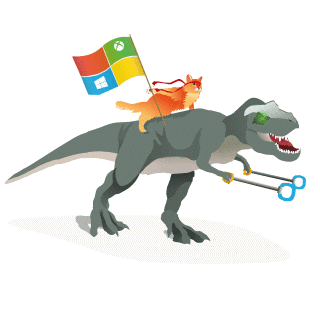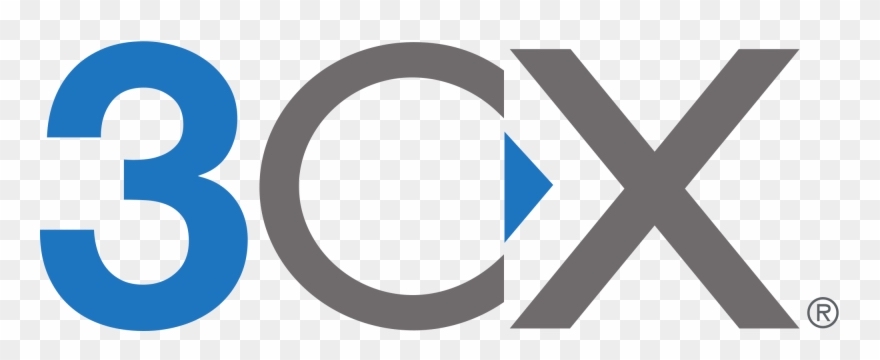Some time back I wrote about the outstanding #MI1020 experiential campaign run by Microsoft to promote the launch of the then new Nokia Lumia 1020 handset. And last month I was invited to another ‘do’ to celebrate the launch of Windows 10.
This latest event confirmed something important – Microsoft is going all out to ditch its image of beige-and-boring corporate.
No suits allowed

‘Ninja Cat’ – the unofficial official mascot of the Windows 10 development team.
The first thing to note on arriving at Old Billingsgate (besides the extensive free bar), was a huge number of enthusiastic geeks. Not middle-aged, brought-up-on-Windows-95 nerds, but full blown, code happy 20-something geeks.
Now if the press is to be believed, modern ‘yoof’ belong to hip up-and-comers like Google and Apple (who have actually been around for donkey’s years in IT terms), but Windows 10 seems to be turning that idea on its head. There was a broad mix of people of all ages and backgrounds, suggesting that Microsoft’s messaging is finally starting to strip away the negativity and apathy that has wounded them in the consumer marketplace.
It’s only a matter of time before the Microsoft reinvention is complete and Hipsters can jump back onto the bandwagon.
Focusing on fun
The email invite I received promised the event would be ‘fun’, a claim my inner cynic quickly rejected. But on arrival it became clear that Microsoft really were going to deliver something enjoyable.
There were no PowerPoint presentations, nor quick tech chat sessions about using Windows 10 to the max, and even the UK CEO’s “speech” lasted less than 3 minutes. Instead a series of well-designed exhibits allowed us to get hands-on and play with the new operating system. Not clicking a few menu options here-and-there, but actually messing around with the OS.
Several Raspberry Pi projects showed what you could do with a cut-down version of Windows 10 and an under-powered device, how frighteningly accurate facial recognition technologies could be used to log onto a computer. Then there was a chance to try out the new 3D HoloLens goggles (and look a complete idiot in the process), or even to take part in a ridiculously competitive Counter Strike battle.
Windows 10 has been built according to a run-anywhere ideal – and Microsoft (wisely) chose to demonstrate this by showing us how Xbox, smartphones, tablets and desktop PCs could all share information for improved entertainment.
No matter where you looked, people were smiling. People were having fun.
What can marketers learn from Microsoft
The launch party was another stroke of genius by the Microsoft marketing team because it transformed the way I, and many others there thought about the ubiquitous Windows product.
So what did they do right?
- At every point, people were encouraged to try the product themselves. Just like the traditional try-before-you-buy marketing trick that has been used since forever.
- They made people smile. If you can make feel better about themselves through the use of your product, you’re on the way to closing a sale.
- They delivered on their promise. The event was fun, just as the invite had said.
- They didn’t take themselves too seriously. Microsoft still have a strong hold on the corporate market, but consumers have been drifting elsewhere for years. By focusing on fun, they are hoping to win back the hearts and minds of home users.
- They weren’t afraid to reach outside their expected target market. A quick look at my social profiles would reveal that I am heavily invested in Apple and unlikely to buy a Windows 10 device – but after experiencing what it is capable of, I would be willing to recommend Microsoft products to others, just as I did after #MI1020.
Microsoft may be playing catch-up in the age of the millennial, but on the strength of the launch party event, they are making all the right noises. And therein lies a lesson for all copywriters and marketers.








































